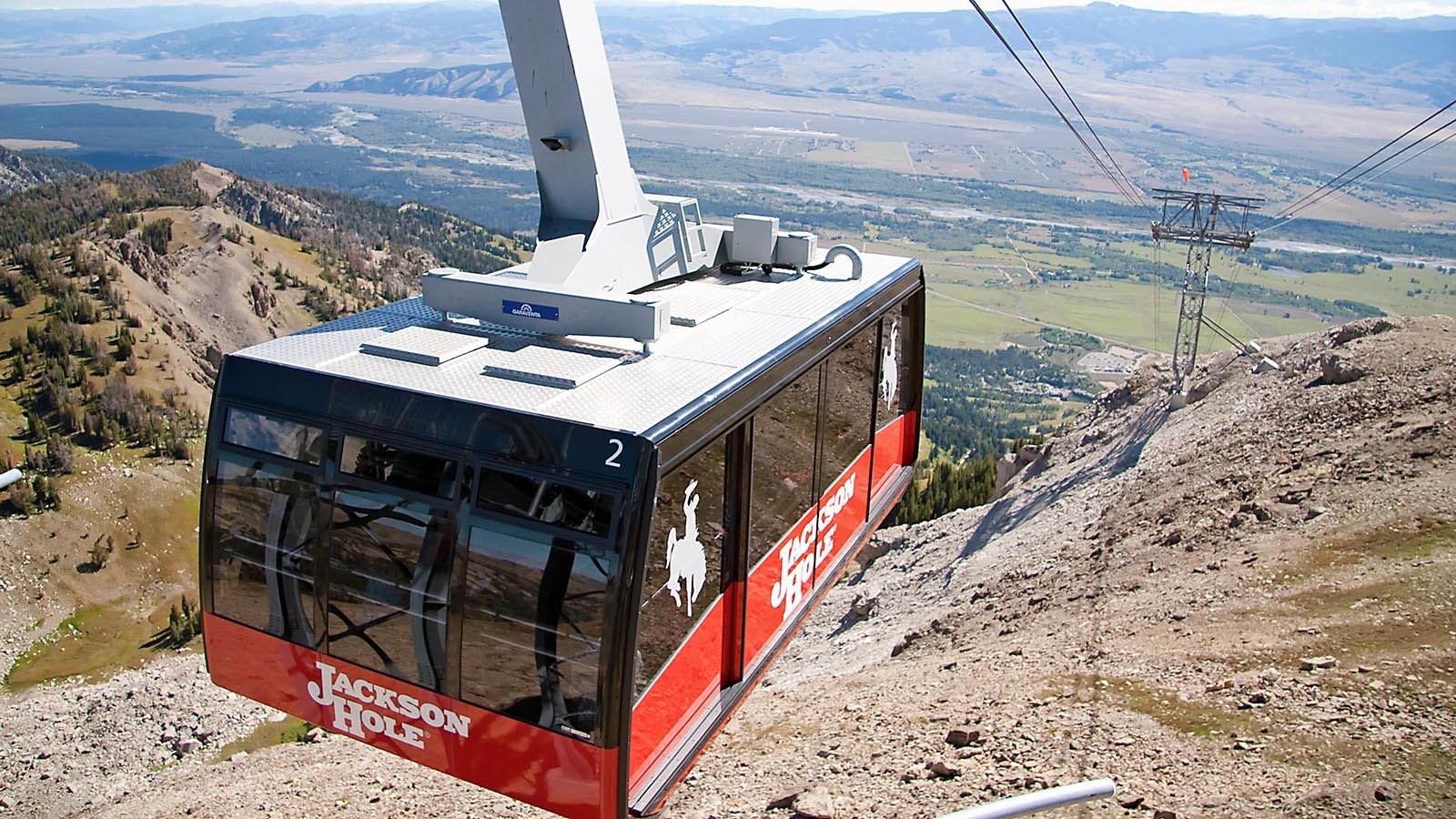By Clair McFarland, Cowboy State Daily
If Boysen Dam failed, the town of Thermopolis would be under 70 feet of water in about 90 minutes, according to an emergency coordinator for the region.
“Sirens will sound, your phones will ring. It will not be time to call 911. It will be time to evacuate,” wrote Bill Gordon, Hot Springs County emergency management coordinator, in a Thursday public education announcement on Facebook.
Gordon called the catastrophe “extremely unlikely,” and told Cowboy State Daily on Thursday that the 70-year-old dam on the north end of Boysen Reservoir in central Wyoming near Shoshoni is in good shape and is inspected regularly. It is used to fuel a power plant and to regulate irrigation.
But, said Gordon, he’d be “negligent” if he didn’t encourage families in the area to make a plan of escape, just in case. His Facebook posts on the topic are part of a longer series of public education regarding emergency scenarios.
“I can’t (ignore the possibility of a breach). That’s not the nature of my job,” said Gordon. “So eventually I had to get around to dealing with this 800-pound gorilla sitting in the room and… give people some sense of how immense it would be, and what their response would have to be to try and survive.”
If the dam failed, authorities would use the county’s Integrated Public Alert and Warning System (IPAWS) to alert every phone, radio station and television in the region. The alert system has been “tuned” over the past five years and is now in place in every county in Wyoming, said Gordon.
Water would crash out of the dam into the Wind River, causing the water level to rise substantially within 45 minutes. In another 45 minutes, the town’s lone stop light would be under 70 feet of water.

‘You Might Be There For A While’
Citizens’ best chance of survival is a quick evacuation, Gordon said.
His public post on the matter gave specific instructions on why and how to flee:
There will be no time to set up shelters and the only option is to evacuate or to prearrange with others how they can evacuate with you, if you’re unable. It is also important to make a family plan of escape, it says.
“Even if you live above the flooded area you will have no power, no telephone, no services,” the post continued, noting that Highway 20 North would only be an option for a short while, after which Highway 120 would be the better route.
“Do not walk to nearby hills. You may be there for a long time,” the post reads.
The town could be a lake not just for hours, but for weeks or longer, said Gordon in his interview. It would also be a cesspool.
The Terraces, a narrow portion of the Big Horn River downriver of Thermopolis, likely would clog up with enormous debris from the massive flood. This could create a dam that would cause the rest of the water to pool in the Big Horn Basin where Thermopolis is situated, said Gordon.
“Everything you can imagine would be carried in that water,” he said. “You’d have mobile homes, power poles, fence wire, propane tanks, and maybe even railcars and tanker trucks.”
Chemicals and dead livestock would litter the drowned town, said Gordon, as the water “would have scoured out” sewage lagoons at the Thermopolis sewage treatment plant, oil and gas receptacles, pastures, businesses and homes.
The filth itself might discourage cleanup agencies from unclogging the debris-made dam in the Terraces in order to un-drown the town, Gordon theorized.
Federal crisis mitigators like the Environmental Protection Agency, the Army Corps of Engineers couldn’t blow out the junk dam, “because they would not be willing to send that water downriver into every community between here and, essentially, the Gulf of Mexico.”
There’s no telling when, or if, the town of Thermopolis would be able to rebuild itself, said Gordon.
‘Very Good At What They Do’
Agents with the Bureau of Reclamation and Army Corps of Engineers do a fine job managing the dam, Gordon said.
“I have faith in the capabilities of the people who do those inspections; they know a whole lot about what they do,” he said.
Gordon has worked in his position for 22 years. He said he senses he’s put dam inspectors “in a difficult situation” by putting them on the spot through his crisis awareness campaign.
But it’s still necessary, he said.
“This and all other disaster scenarios, people need to be thinking about them. And people need to be thinking of a plan for themselves and their families should such things happen,” he said.
Much of humanity has reached an era in which people prefer to ignore potential crises out of convenience, and people also tend to think they’ll be saved by someone if there is a disaster, said Gordon.
“In so many cases that’s wrong,” he said. “In so many cases initially, they need to be self-reliant and they need to think about what they can plan for and prepare for, and do for themselves. And that’s the key to it all.”





